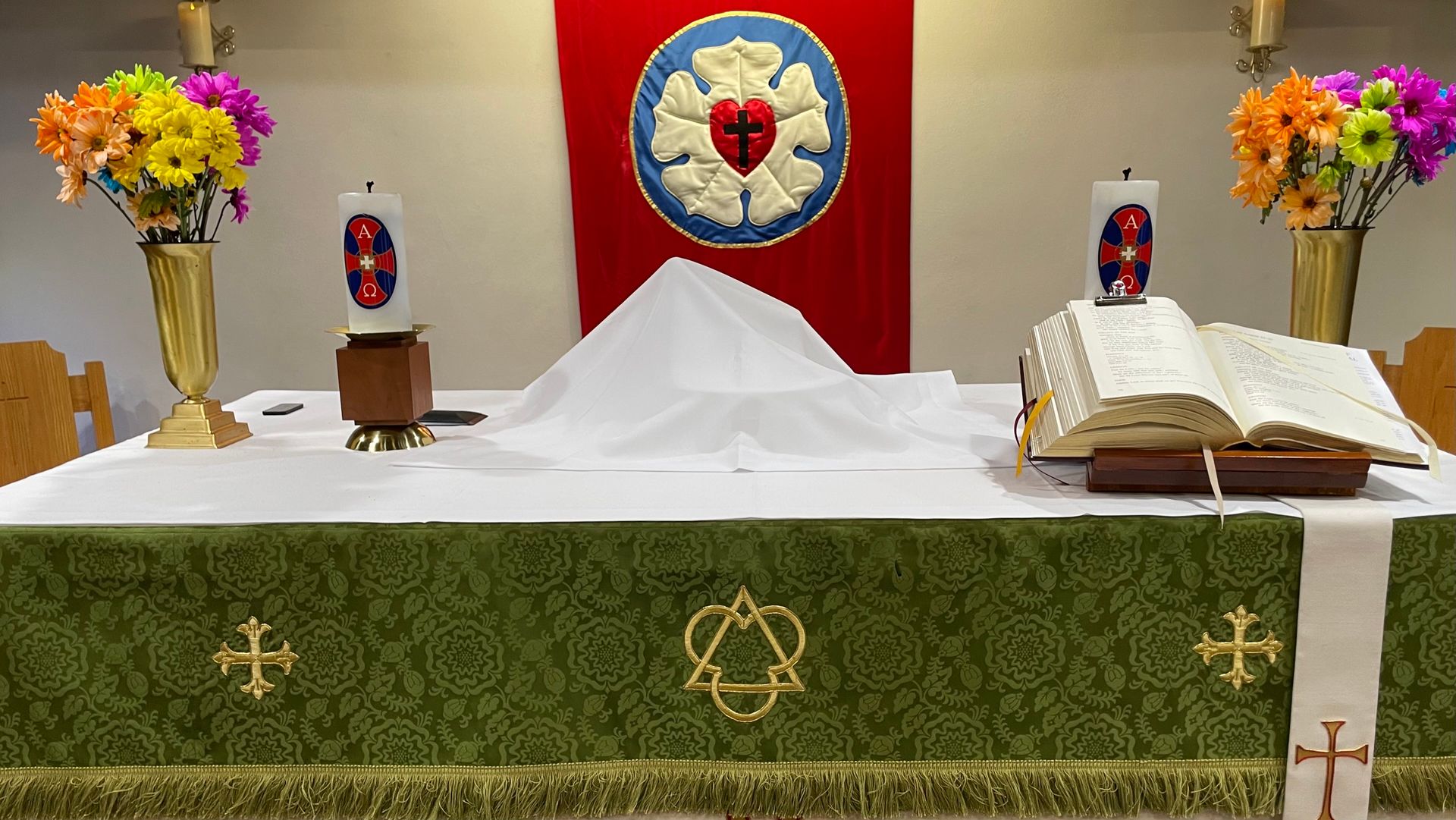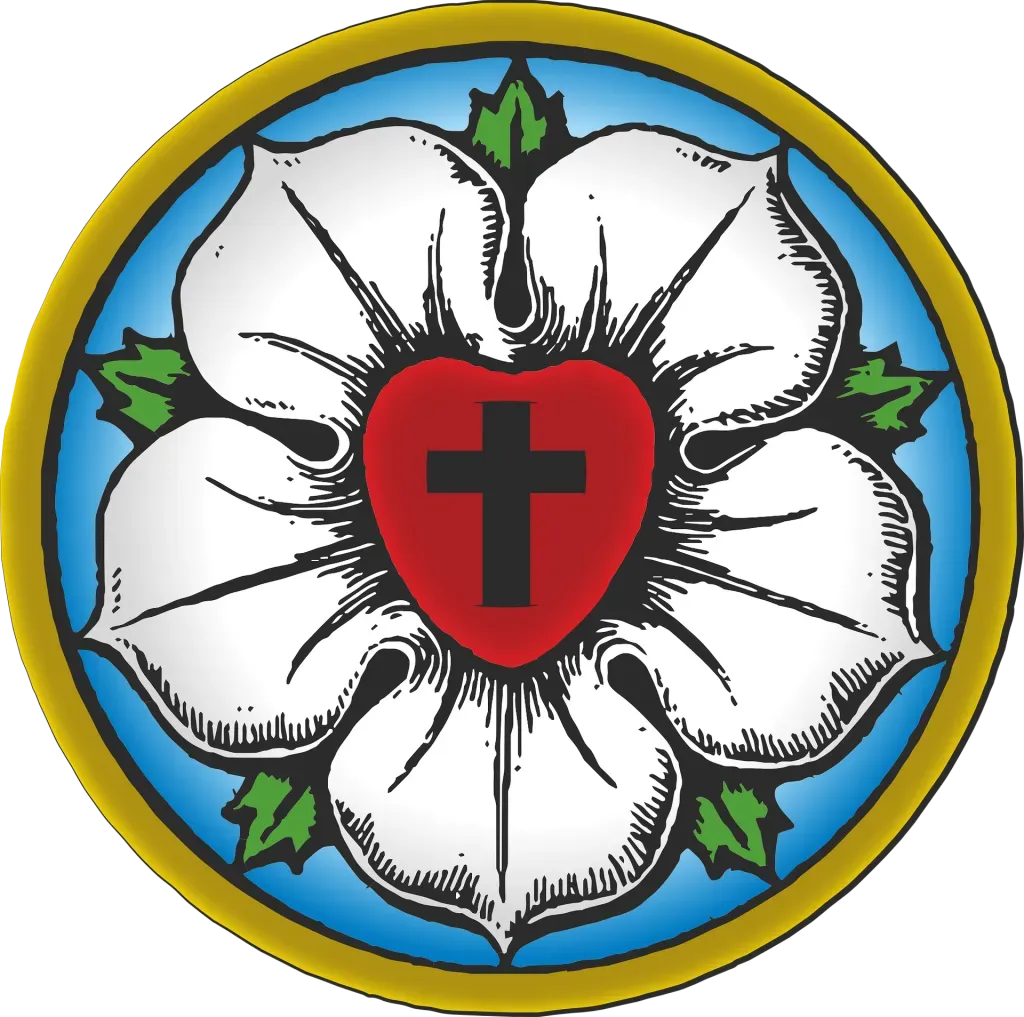We are a Christ-centered church. We believe Jesus Christ is the divine Son of God who died on a cross for all the wrongdoings of this world. He rose from the dead on Easter morning and lives forever. Jesus said that all who believe in Him and follow Him will receive eternal life.
We believe in the Trinity: Father, Son, and Holy Spirit.
We believe in one God in three eternal persons, undivided and co-equal. We confess the three traditional creeds of the church: the Apostles’ Creed, the Nicene Creed, and the Athanasian Creed.
We believe the Bible is divinely inspired, without error, and contains the Gospel message that everyone needs for salvation.
We are a sacramental church. We believe that the two sacraments that our Lord gave to the church, Baptism and the Lord’s Supper, are essential for the Christian life. The sacraments are evidence of His presence with us, and strengthen us in our faith.
We are a liturgical church. We believe that liturgy is the work of all the people gathered for worship. The words that we use for worship are from the Lutheran Service Book.

Easter at Holy Trinity

The Luther Rose
About the Luther Rose
The Luther Rose is the most well-known symbol of Lutheranism. Here is how Martin Luther explained it:
“First, there is a black cross in a heart that remains its natural color. This is to remind me that it is faith in the Crucified One that saves us. Anyone who believes from the heart will be justified [Romans 10:10]. It is a black cross, which mortifies and causes pain, but it leaves the heart its natural color. It doesn’t destroy nature, that is to say, it does not kill us but keeps us alive, for the just shall live by faith in the Crucified One [Romans 1:17]. The heart should stand in the middle of a white rose. This is to show that faith gives joy, comfort, and peace – it puts the believer into a white, joyous rose. Faith does not give peace and joy like the world gives [John 14:27]. This is why the rose must be white, not red. White is the color of the spirits and angels [cf. Matthew 28:3, John 20:12]. This rose should stand in a sky-blue field, symbolizing that a joyful spirit and faith is the beginning of heavenly, future joy, which begins now, but is grasped in hope, not yet fully revealed. Around the field of blue is a golden ring to symbolize that blessedness in heaven lasts forever and has no end. Heavenly blessedness is exquisite, beyond all joy and better than any possessions, just as gold is the most valuable and precious metal.”
Letter to Lazarus Spengler, July 8, 1530
